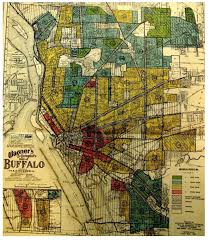Purpose?
The CRA has two purposes:
To redress the
impact of redlining.
To encourage banks to meet the credit needs of all segments of the communities in which they serve – including low – to – moderate income individuals and neighborhoods.
A new study shows, 3 out of 4 neighborhoods “redlined” on government maps 80 years ago continue to struggle today economically.” – Washington Post






